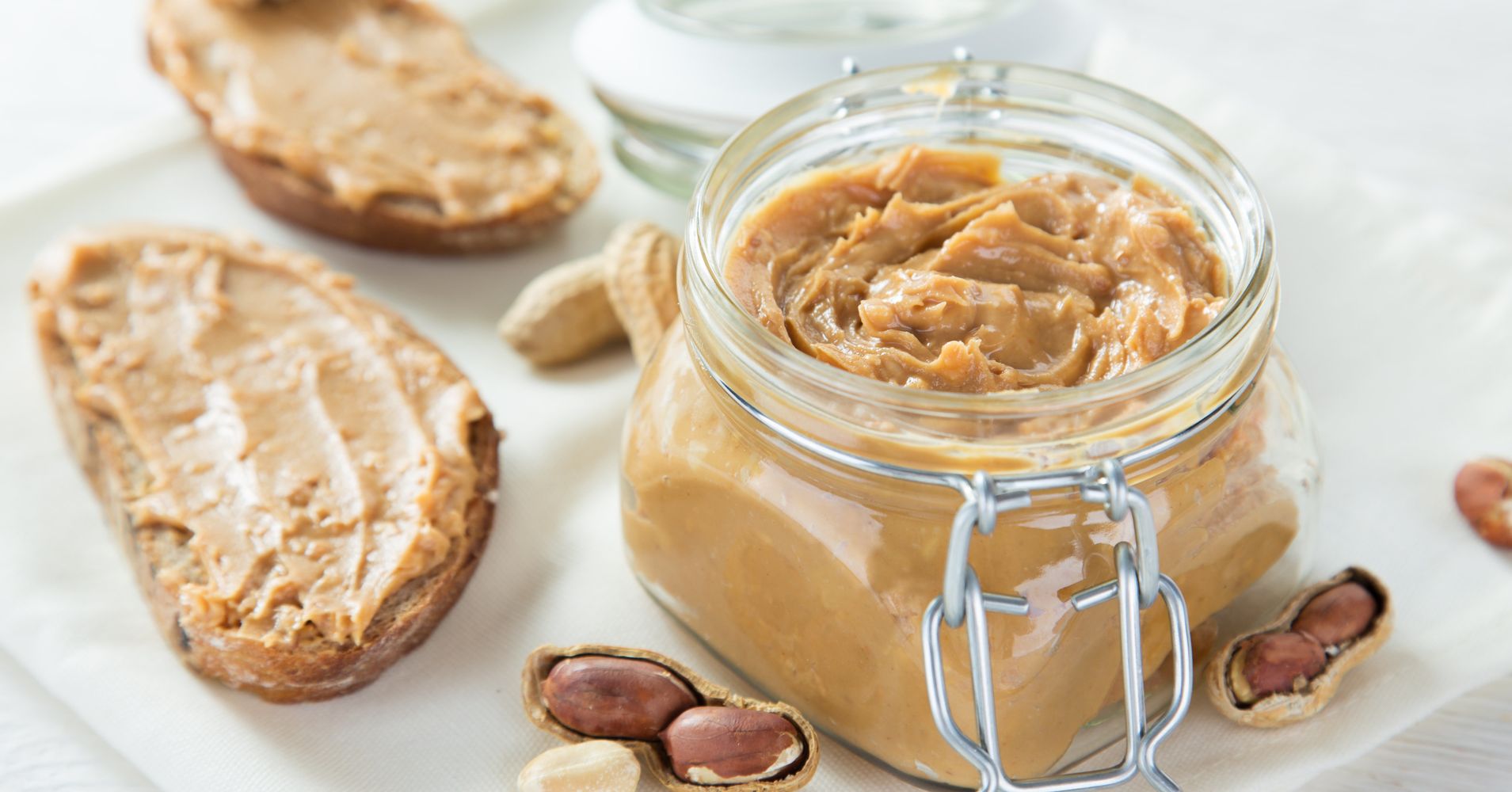

Articles
How To Store Natural Peanut Butter
Modified: December 7, 2023
Learn the best methods for storing natural peanut butter to keep it fresh and flavorful. Read our articles for helpful tips and storage techniques.
(Many of the links in this article redirect to a specific reviewed product. Your purchase of these products through affiliate links helps to generate commission for Storables.com, at no extra cost. Learn more)
Introduction
Welcome to the world of natural peanut butter! If you’re a fan of this delicious and nutritious spread, you probably know that it’s a bit different from the regular peanut butter you find on supermarket shelves. Natural peanut butter, unlike its processed counterpart, is made from just one ingredient: peanuts. It doesn’t contain any added sugars, hydrogenated oils, or preservatives.
While natural peanut butter offers a more wholesome and nutritious option, it does require a bit of extra care and attention when it comes to storage. Due to its lack of additives, natural peanut butter can separate and become oily, which can be a bit messy if not stored properly. In this article, we’ll explore how to store natural peanut butter to maintain its freshness and prevent any unwanted oil separation.
Key Takeaways:
- Proper storage of natural peanut butter is crucial to prevent oil separation and maintain freshness. Choose airtight containers, store at room temperature or refrigerate, and be mindful of cross-contamination to enjoy this wholesome spread.
- Regularly stir natural peanut butter, check for spoilage, and use clean utensils to maintain its quality. Choose the right container, store at the right temperature, and follow hygiene practices to savor the deliciousness of this nutritious spread.
Read more: How To Store Peanut Butter
Why Store Natural Peanut Butter Differently?
Natural peanut butter has a different composition compared to regular peanut butter. It doesn’t contain the stabilizers and emulsifiers found in processed spreads, which helps maintain a smooth and consistent texture. As a result, natural peanut butter has a tendency to separate, with the oil floating to the top.
To enjoy the full flavor and texture of natural peanut butter, it is crucial to store it properly. By following the right storage techniques, you can prevent the oil separation and maintain a creamy and easy-to-spread consistency.
Additionally, storing natural peanut butter correctly helps to maintain its freshness and extend its shelf life. Exposure to elements like air, light, heat, and moisture can cause the peanut butter to spoil faster. Storing it in the right containers and under the appropriate conditions can help preserve its quality and taste for longer.
By taking the time to store natural peanut butter differently, you can ensure that each spoonful is as delicious as the first, and you can enjoy this wholesome treat to the fullest.
Choosing the Right Container
When it comes to storing natural peanut butter, choosing the right container is crucial. Opt for a container that is airtight and opaque. Oxygen and light can accelerate the process of oxidation, leading to a rancid taste and a shorter shelf life.
Glass jars with screw-top lids are an excellent choice for storing natural peanut butter. Glass is non-reactive, so it won’t interact with the oils in the peanut butter and affect its taste. Additionally, glass jars provide a perfect barrier against oxygen and light, ensuring the peanut butter stays fresh for longer.
If you prefer a more convenient option, you can also use BPA-free plastic containers. Look for containers specifically designed for food storage, with tight-fitting lids to seal in freshness. Make sure the plastic is of high-quality and doesn’t have any strong odors or flavors that can be absorbed by the peanut butter.
Remember to thoroughly clean and dry the container before transferring the natural peanut butter. Any moisture left in the container can lead to bacterial growth and spoilage.
It’s worth noting that natural peanut butter is sensitive to temperature changes, and the oils can expand and contract. Therefore, choose a container with some extra space to accommodate any expansion without causing a messy overflow. Leave about an inch of headspace to allow for this movement.
By selecting the right container, you can protect your natural peanut butter from oxygen, light, and moisture, ensuring its quality and freshness are preserved.
Storing at Room Temperature
Storing natural peanut butter at room temperature is a popular option because it keeps the spread easily spreadable and ready to enjoy when you need it. However, it’s important to note that room temperature storage may not be suitable for all environments, especially if your room tends to get warm or humid.
To store natural peanut butter at room temperature, follow these guidelines:
- Ensure the container is tightly sealed to prevent any air or moisture from getting in.
- Store the peanut butter in a cool, dry place away from direct sunlight, heat sources, and moisture.
- Avoid placing the container near the stove, oven, or any other appliances that generate heat.
- Keep an eye on the expiration date and consume the peanut butter before it spoils. Typically, natural peanut butter can be stored at room temperature for a few weeks to a few months, depending on the brand and quality.
If you live in a particularly hot and humid climate or your room temperature exceeds 75°F (24°C), it’s best to refrigerate your natural peanut butter to prevent spoilage and oil separation. However, if you prefer the convenience of having easily spreadable peanut butter, storing it at room temperature can be a great option, provided it is stored under the appropriate conditions.
Remember to give the peanut butter a good stir before each use, as the oils can settle on top. Mixing the oils back into the butter will ensure a consistent texture and flavor.
By following these simple tips, you can enjoy the convenience of easily spreadable natural peanut butter stored at room temperature without compromising its quality.
Store natural peanut butter in the refrigerator to prevent oil separation and extend its shelf life. Be sure to stir it well before each use to mix in the natural oils.
Refrigerating Natural Peanut Butter
If you live in a warm climate or prefer a longer shelf life for your natural peanut butter, refrigeration is the way to go. Cooling the peanut butter helps to slow down the oxidation process and prevent the oil separation that often occurs at room temperature.
Here are the steps to properly refrigerate your natural peanut butter:
- Before refrigerating, make sure the container is tightly sealed to prevent any odors or flavors from being absorbed.
- Place the jar of peanut butter in the refrigerator, preferably in the door or on a shelf away from the back of the fridge.
- Refrigeration can cause the peanut butter to become firmer and harder to spread. To combat this, you can take the jar out of the fridge 10-15 minutes before using it, allowing it to soften slightly at room temperature.
- Keep in mind that refrigerated natural peanut butter can have a thicker consistency, but a quick stir should help loosen it up and make it easier to spread.
- It’s essential to monitor the expiration date and consume the peanut butter before it goes bad. Typically, refrigerated natural peanut butter can last for several months, if not longer, before it starts to spoil.
Refrigerating natural peanut butter not only extends its shelf life but also helps preserve its freshness, ensuring each spoonful is as delicious as the first. Just make sure to give the peanut butter a good stir before using it to incorporate any separated oils back into the spread.
Remember, if you prefer a softer and more spreadable consistency, allowing the peanut butter to come to room temperature for a few minutes before using it can make it easier to spread onto toast, fruits, or sandwiches.
By refrigerating your natural peanut butter, you can enjoy a longer-lasting, fresher-tasting spread while minimizing oil separation and maintaining its quality.
Read more: How To Store Peanut Butter Cookies
Avoiding Cross-Contamination
When it comes to storing natural peanut butter, it’s essential to take precautions to avoid cross-contamination. Peanut allergens can be severe for individuals with peanut allergies, so it’s crucial to keep their allergen exposure to a minimum. Here are some important steps to prevent cross-contamination:
- Designate a separate utensil specifically for your natural peanut butter. This will help prevent any transfer of allergens from other foods.
- Avoid using the same knife or spoon that has come into contact with other spreads, jellies, or condiments that may contain allergens.
- If you’re sharing a household with someone who has a peanut allergy, consider getting separate jars of peanut butter to avoid any accidental cross-contact.
- Clean utensils thoroughly with hot, soapy water after each use to remove any traces of peanut butter.
- Wipe down the jar’s surface and lid before closing it to remove any peanut butter residue.
- Store the natural peanut butter away from other foods that may cause cross-contamination, especially if they contain allergens such as nuts or seeds.
- Be mindful of where you place the jar of natural peanut butter in the refrigerator to avoid any potential contact with other food items.
By following these simple steps, you can significantly reduce the risk of cross-contamination and ensure the safety of individuals with peanut allergies.
It’s important to educate yourself and your family members about the risks of cross-contamination and the severity of peanut allergies. By practicing good hygiene and being mindful of where and how you store and use natural peanut butter, you can enjoy this delicious spread while keeping everyone safe.
Tips for Maintaining Freshness
Proper storage is key to maintaining the freshness of your natural peanut butter. Here are some tips to help you keep your spread delicious and fresh for as long as possible:
- Always check the expiration date on the jar before purchasing natural peanut butter. Choose a product with a longer shelf life to ensure it stays fresh for a reasonable duration.
- Keep the lid tightly sealed after each use. This prevents air from entering the jar and helps to minimize oxidation and the risk of spoilage.
- Store the container in a cool, dry place away from direct sunlight, heat sources, and moisture. High temperatures and humidity can accelerate the spoilage process.
- Regularly check for signs of spoilage, such as an off smell, mold growth, or an unusually rancid taste. If any of these are detected, it’s best to discard the peanut butter to avoid any health risks.
- Consider using small containers or jars to separate larger jars of natural peanut butter. This way, you can open and use one container at a time, minimizing exposure to air and reducing the risk of spoilage.
- Give the peanut butter a good stir before each use to incorporate any separated oils back into the spread, ensuring a consistent texture and flavor.
- If you prefer a softer consistency or if the natural peanut butter has hardened in the refrigerator, let it sit at room temperature for a few minutes before using. This will help soften it and make it easier to spread.
- Avoid using wet or dirty utensils when scooping out peanut butter, as this can introduce moisture and potentially lead to spoilage. Use clean and dry utensils each time.
- If you plan to store a large quantity of natural peanut butter for an extended period, consider freezing it. Transfer smaller portions into freezer-safe containers or freezer bags and thaw them as needed.
- When freezing natural peanut butter, make sure to leave some room for expansion, as the oils may expand when frozen. Seal the containers tightly to prevent freezer burn.
By following these tips, you can maintain the freshness and quality of your natural peanut butter, ensuring it’s always ready to be enjoyed as a healthy and delicious snack or ingredient.
Conclusion
Storing natural peanut butter correctly is essential to maintain its freshness, texture, and taste. By following the right storage techniques, you can prevent oil separation, extend its shelf life, and enjoy this wholesome spread to the fullest.
Choosing the right container, whether it’s airtight glass jars or BPA-free plastic containers, is the first step to preserving the quality of natural peanut butter. Ensure the container is tightly sealed to protect it from oxygen, light, and moisture.
Room temperature storage is convenient for easily spreadable peanut butter, but it’s important to keep it away from heat sources and monitor its shelf life. Refrigeration is ideal for hot climates or for extending the peanut butter’s freshness, though it may require a few minutes out of the refrigerator to soften before use.
Cross-contamination is a significant concern, especially for individuals with peanut allergies. To prevent this, designate separate utensils for peanut butter and clean them thoroughly after each use.
Lastly, maintaining freshness involves regular stirrings and being mindful of signs of spoilage. By giving the peanut butter a good stir, you can ensure a consistent texture and flavor. Checking for any off smells, mold growth, or rancid taste is also crucial to avoid any health risks.
With these tips in mind, you can savor the natural goodness of peanut butter, knowing that it’s stored properly and at its best. So go ahead, enjoy your natural peanut butter on toast, in smoothies, or straight from the jar, knowing that you’re getting the most out of this delicious and nutritious spread.
Frequently Asked Questions about How To Store Natural Peanut Butter
Was this page helpful?
At Storables.com, we guarantee accurate and reliable information. Our content, validated by Expert Board Contributors, is crafted following stringent Editorial Policies. We're committed to providing you with well-researched, expert-backed insights for all your informational needs.
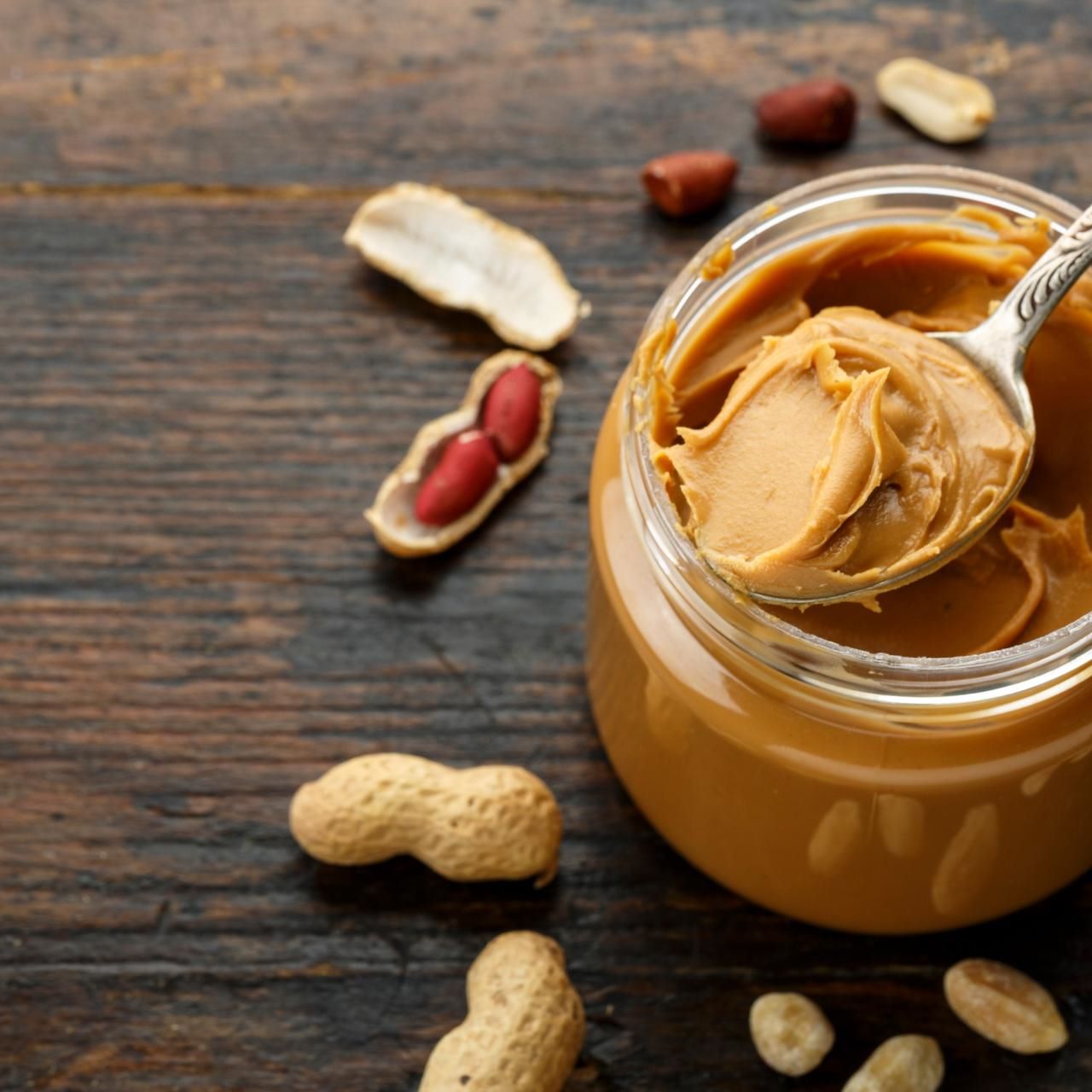
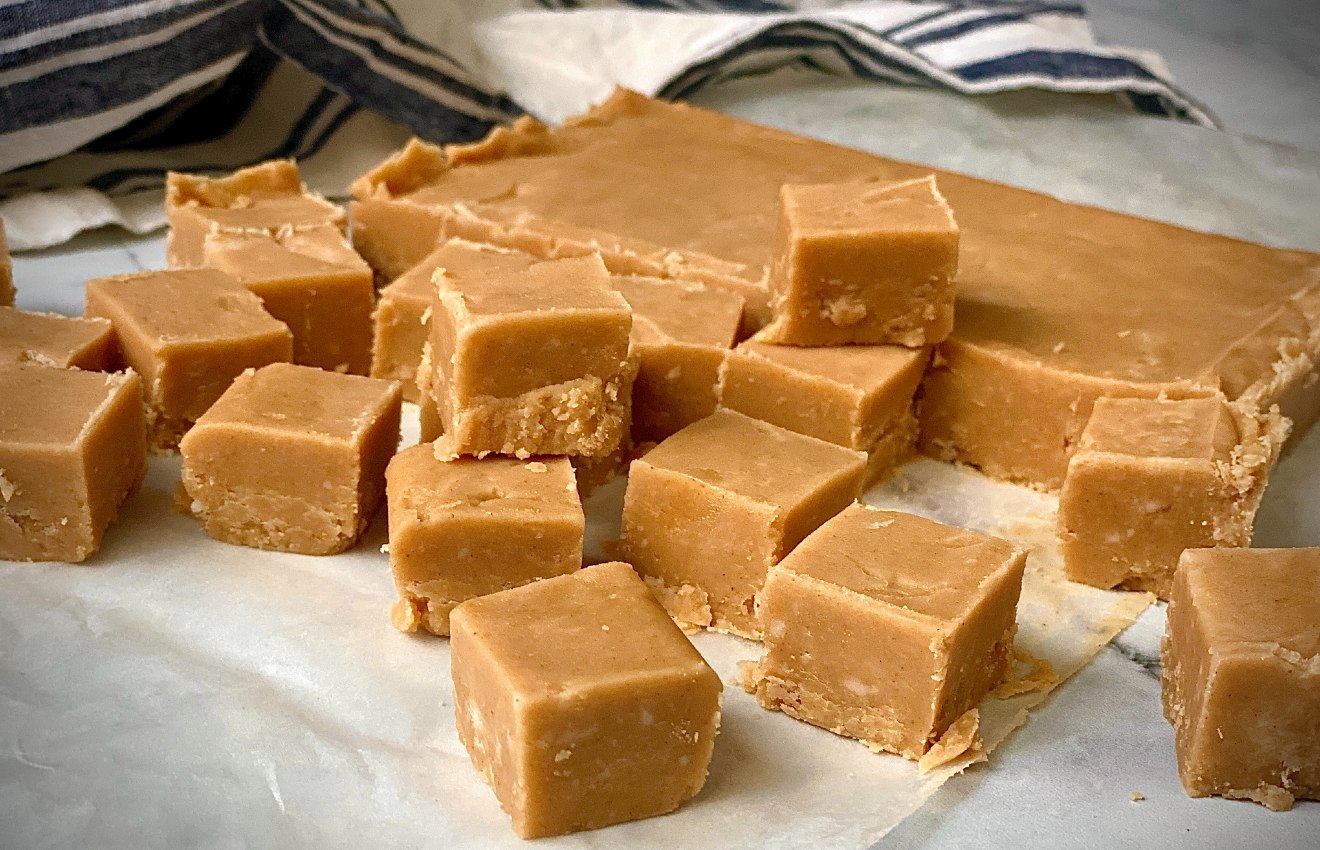
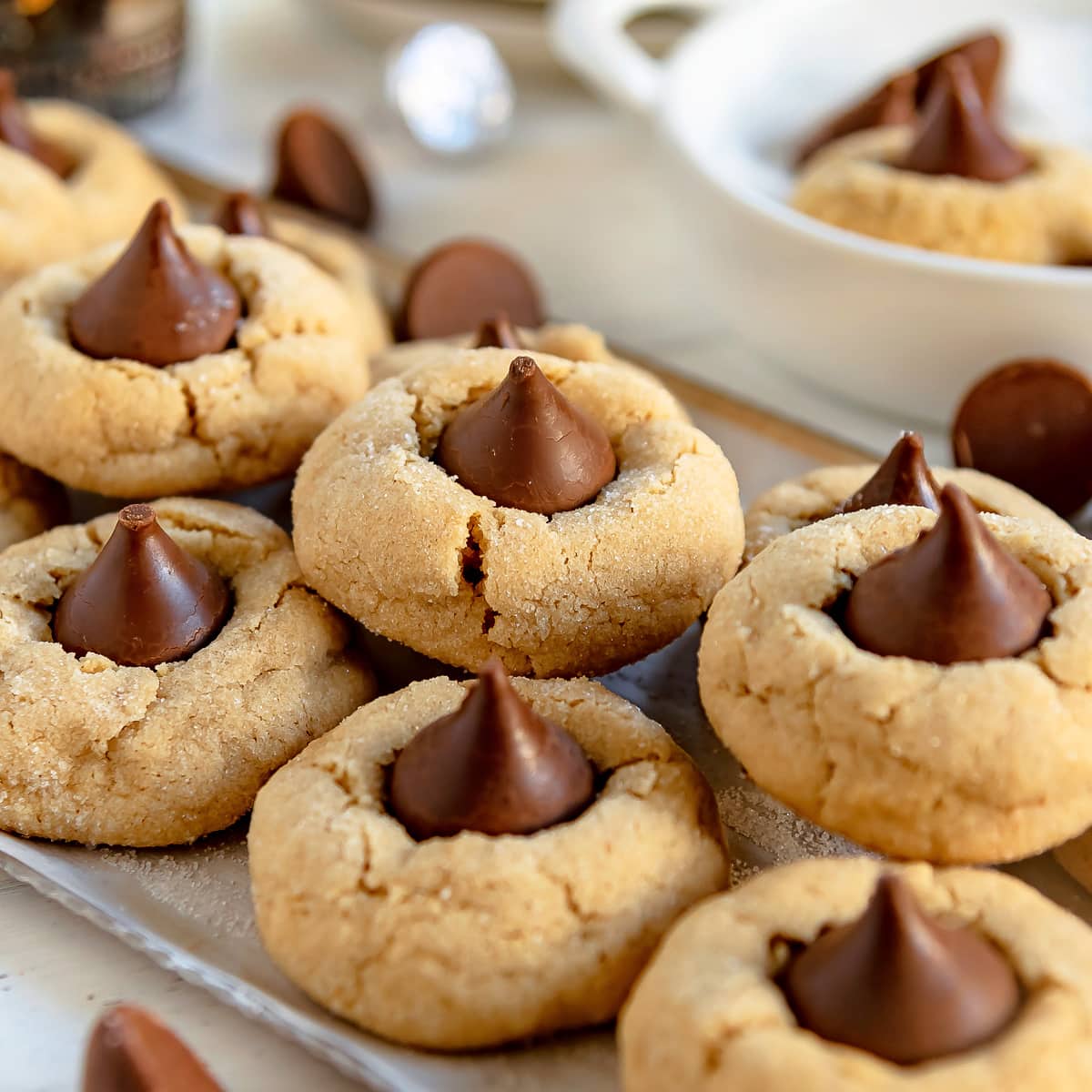
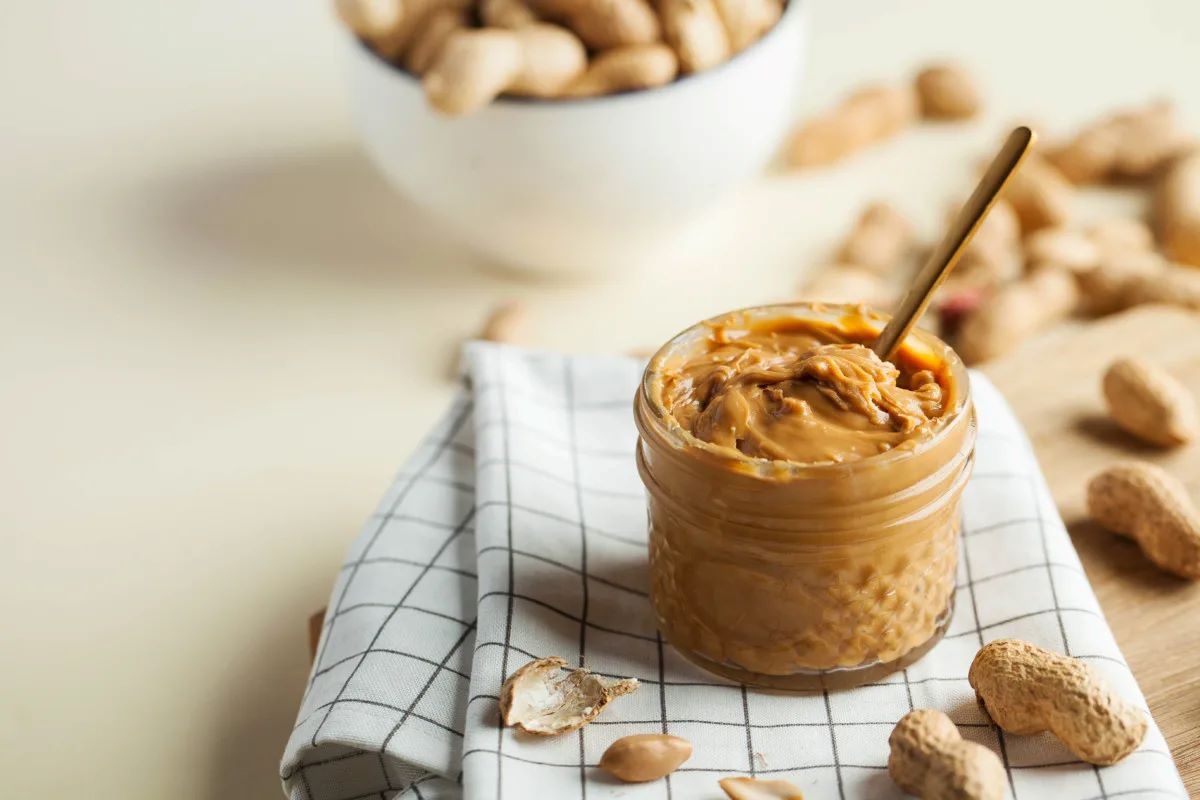
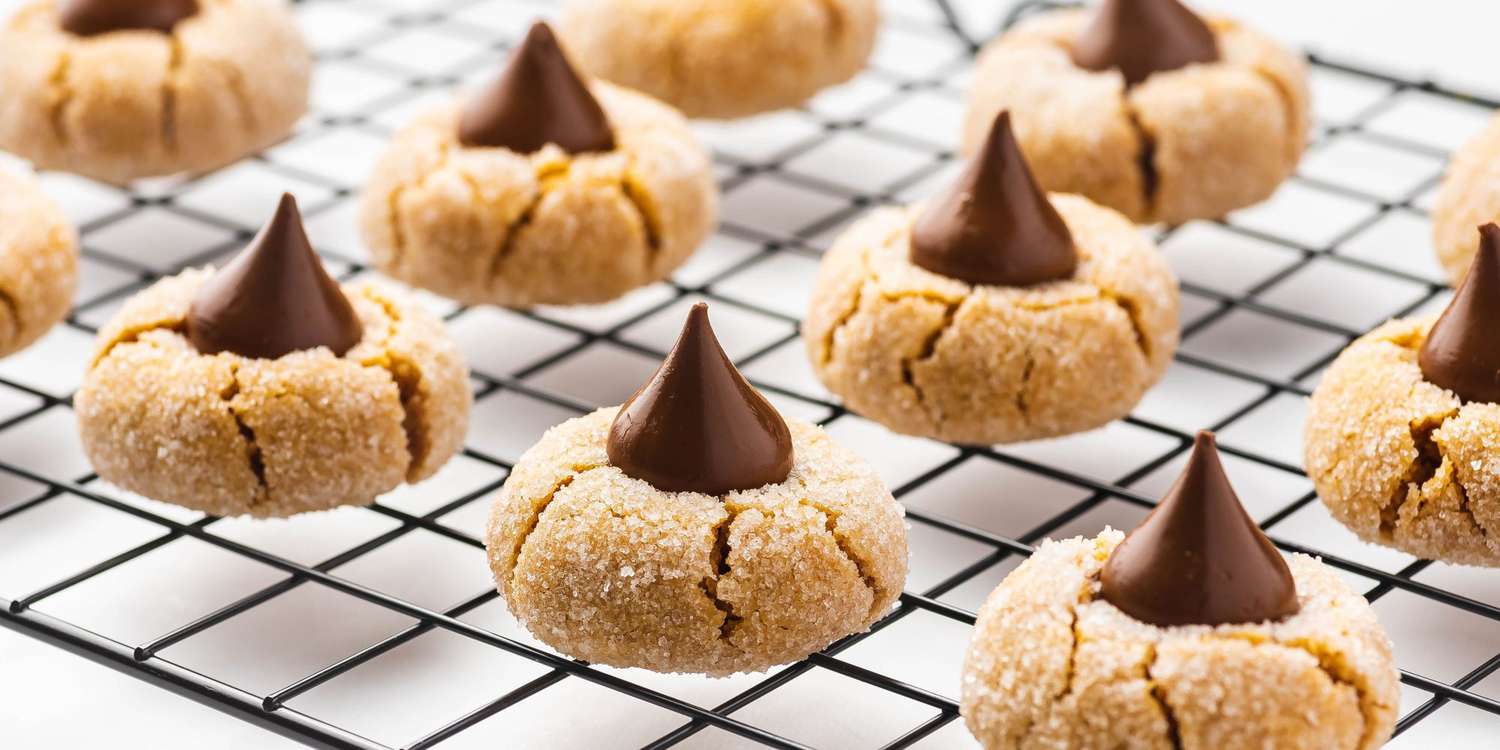
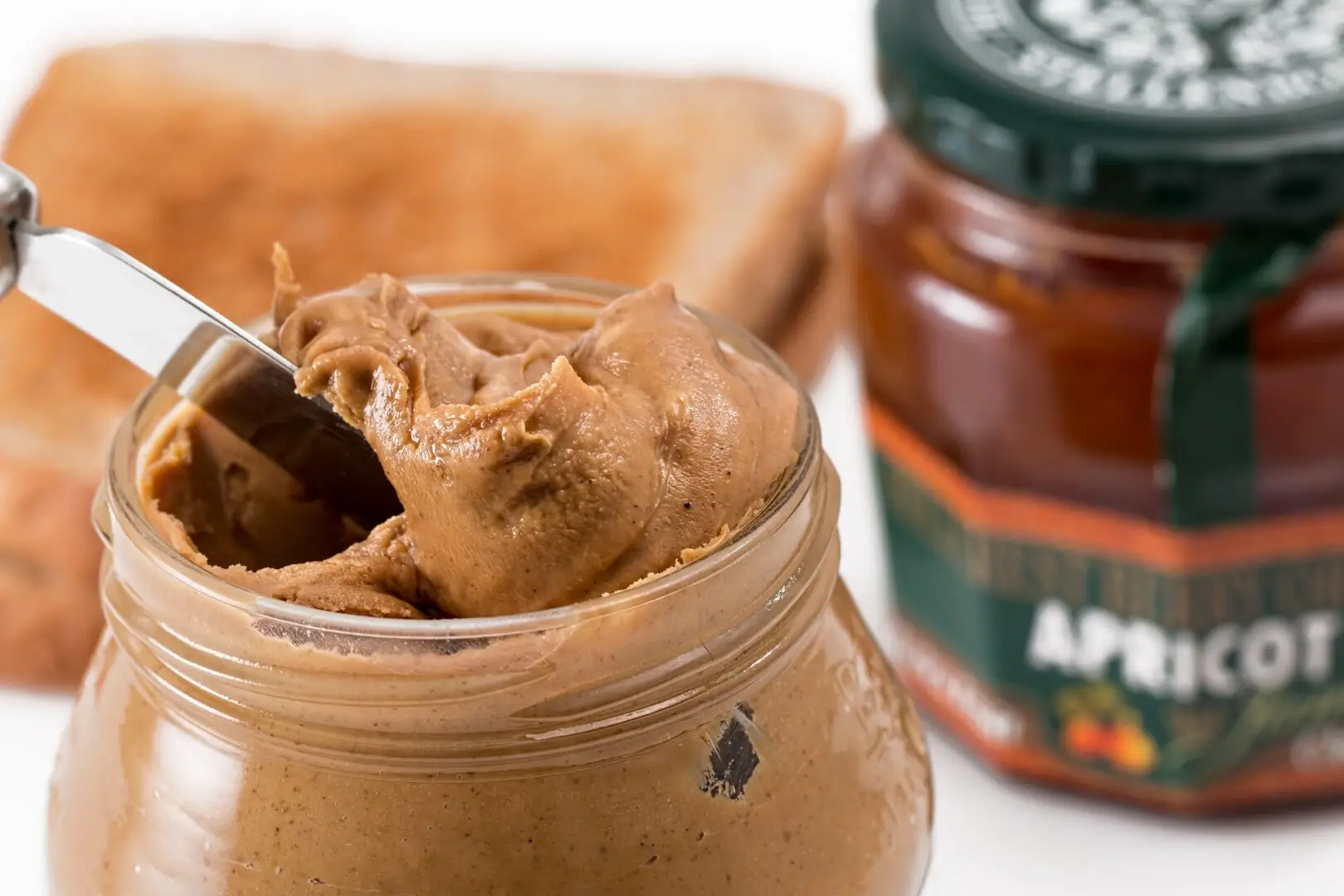
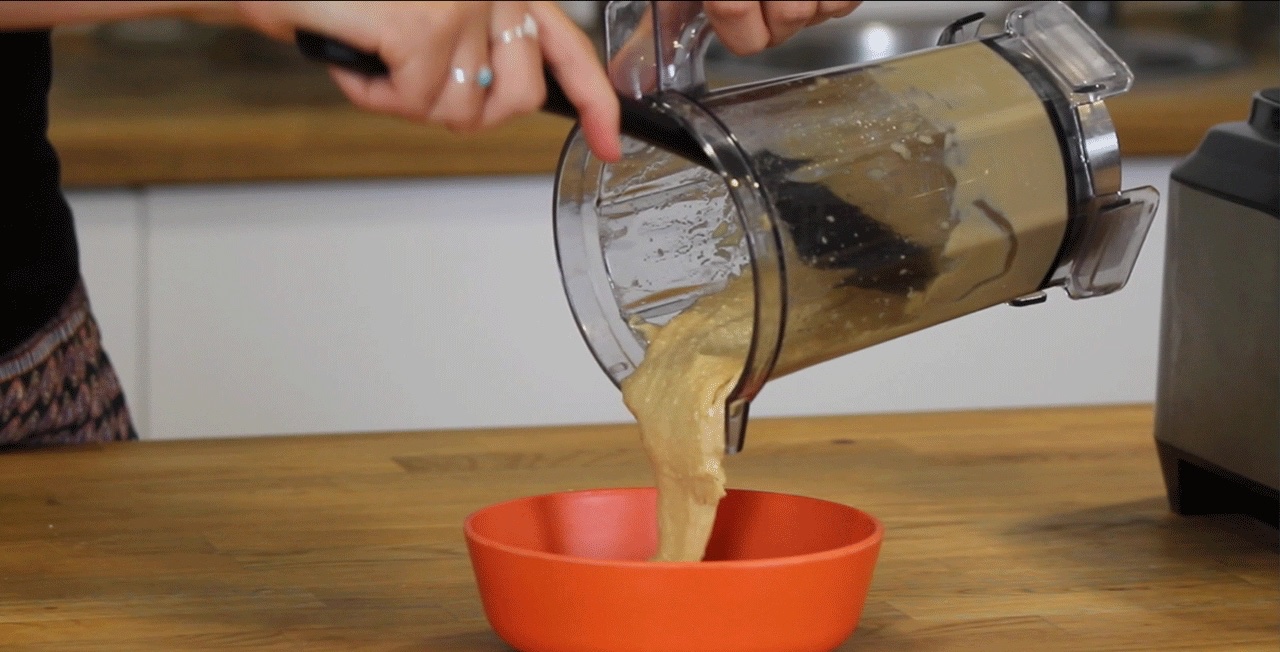
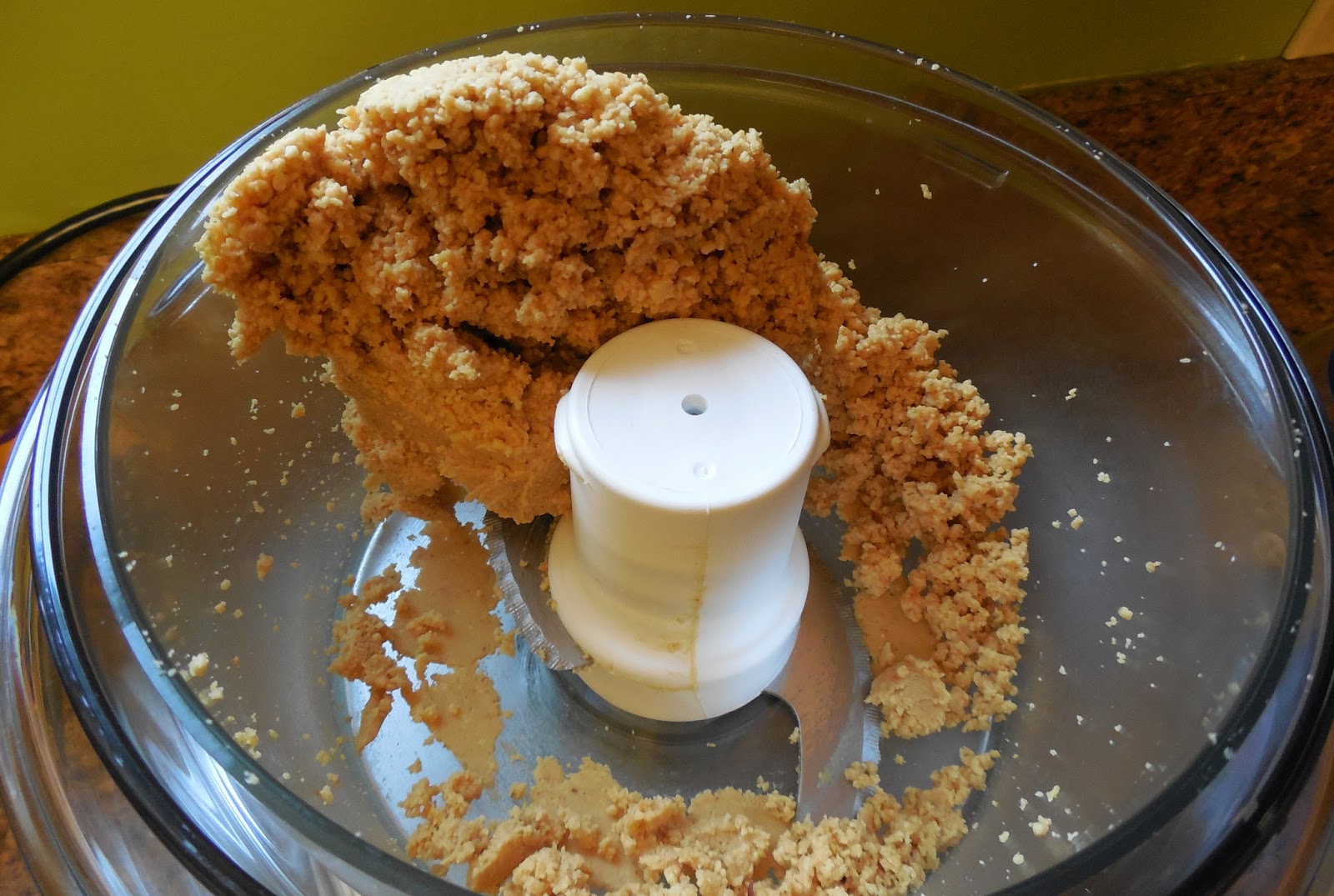
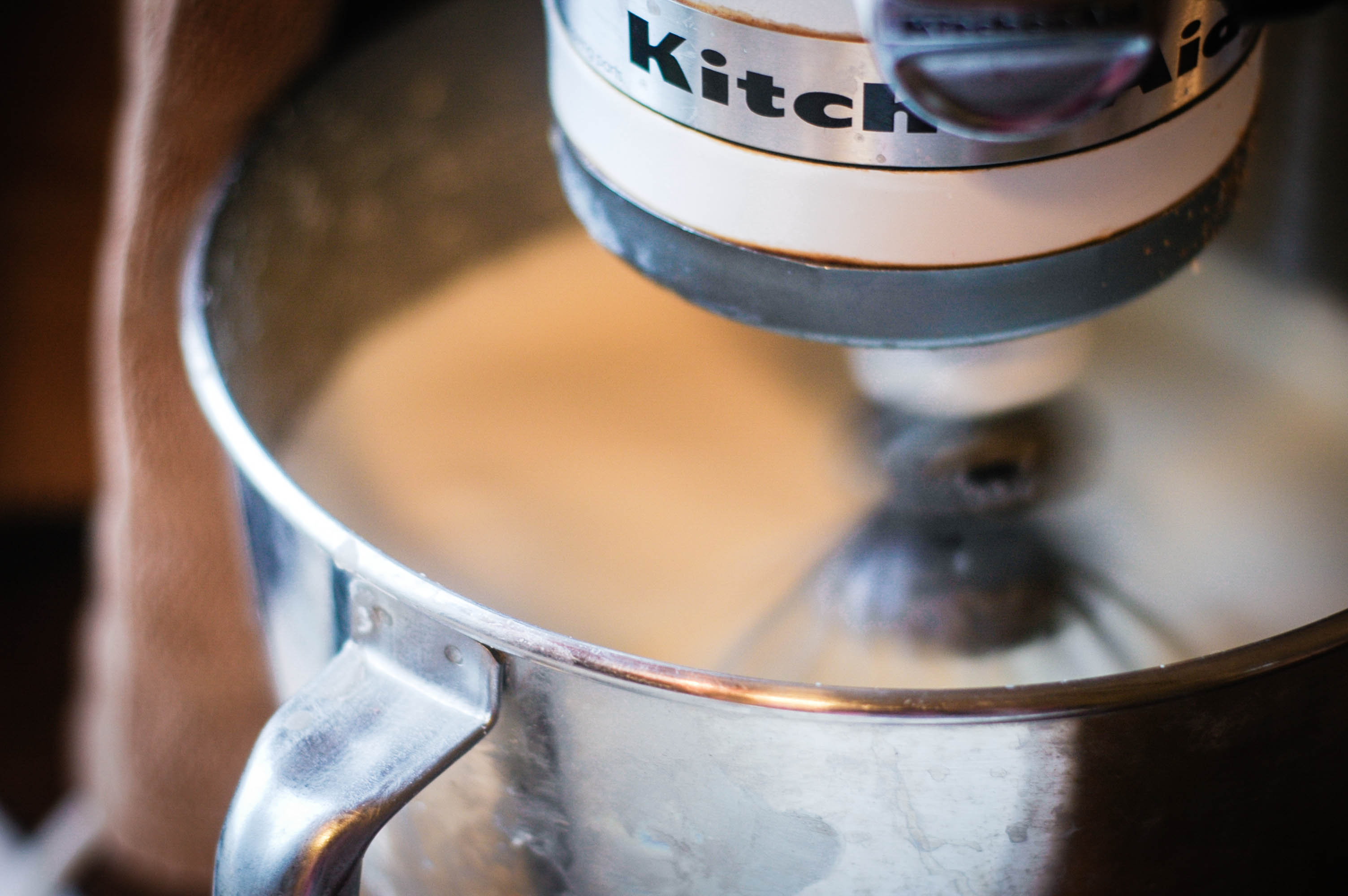
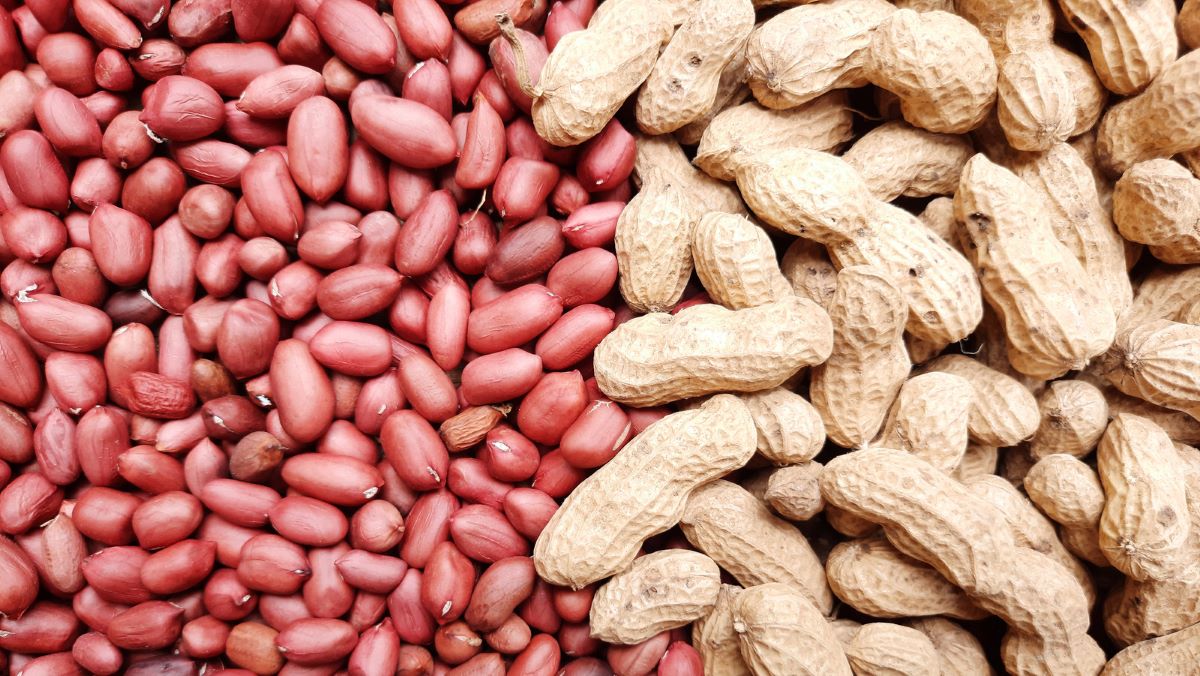
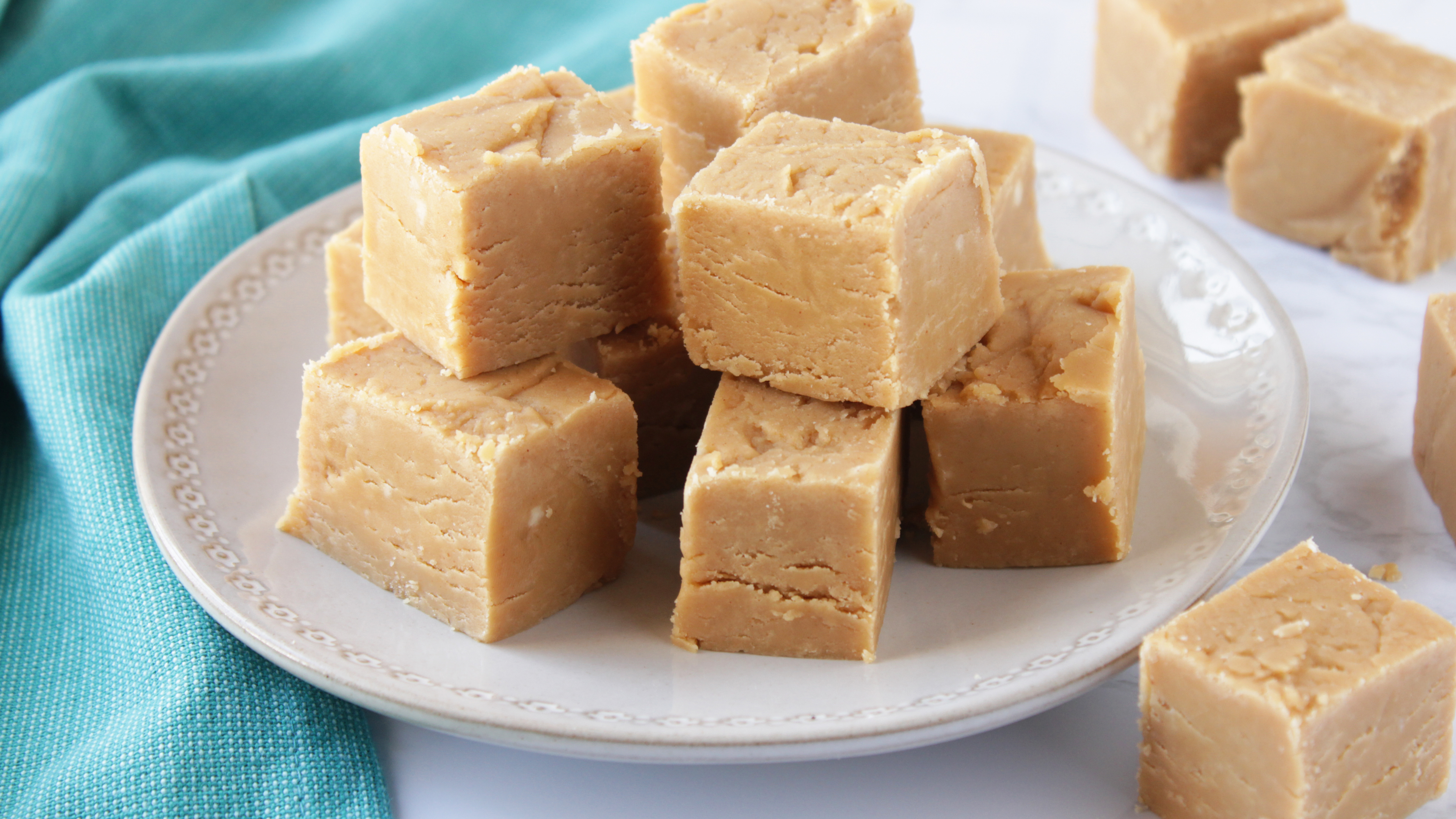
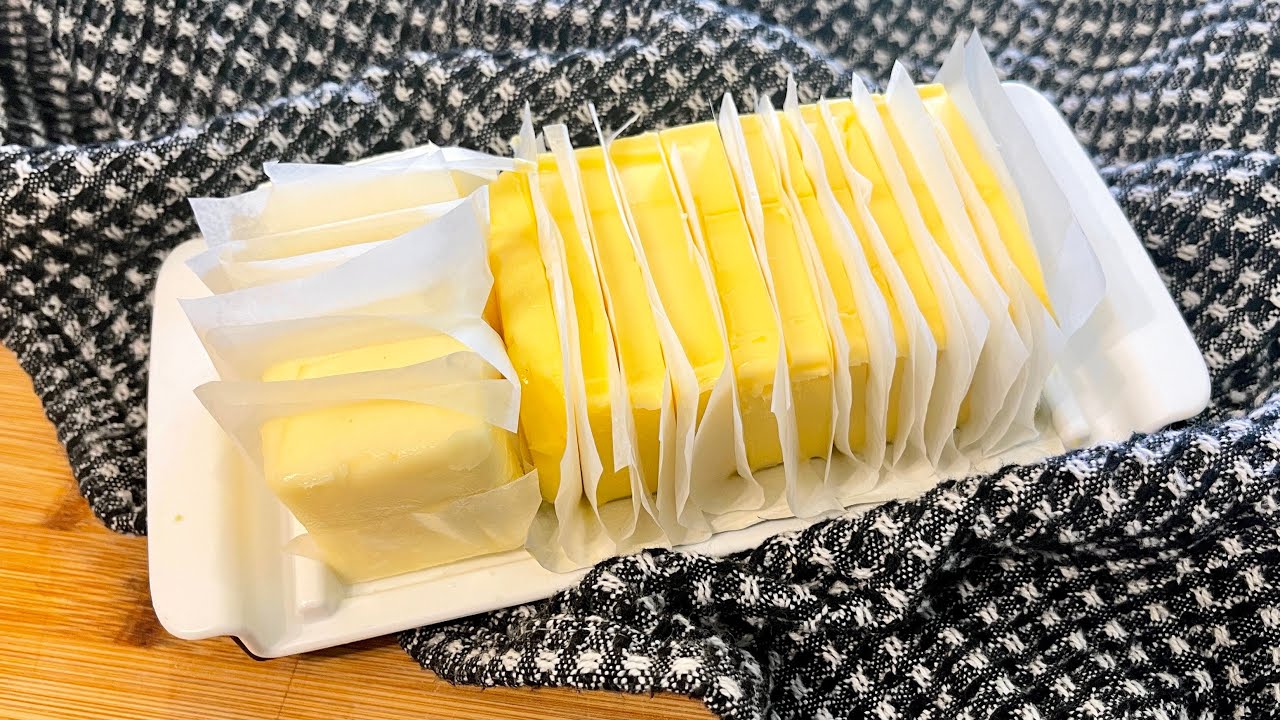
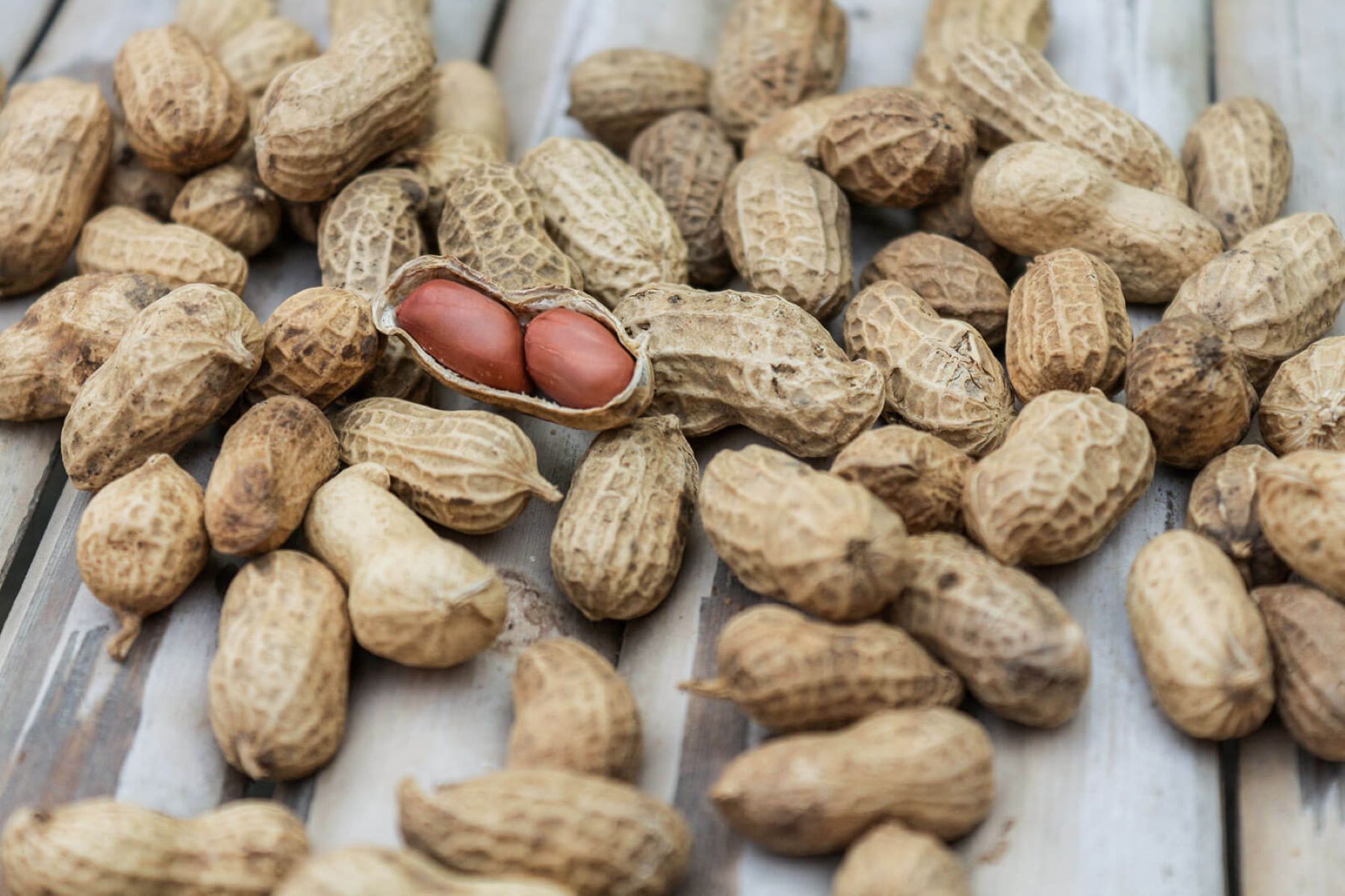
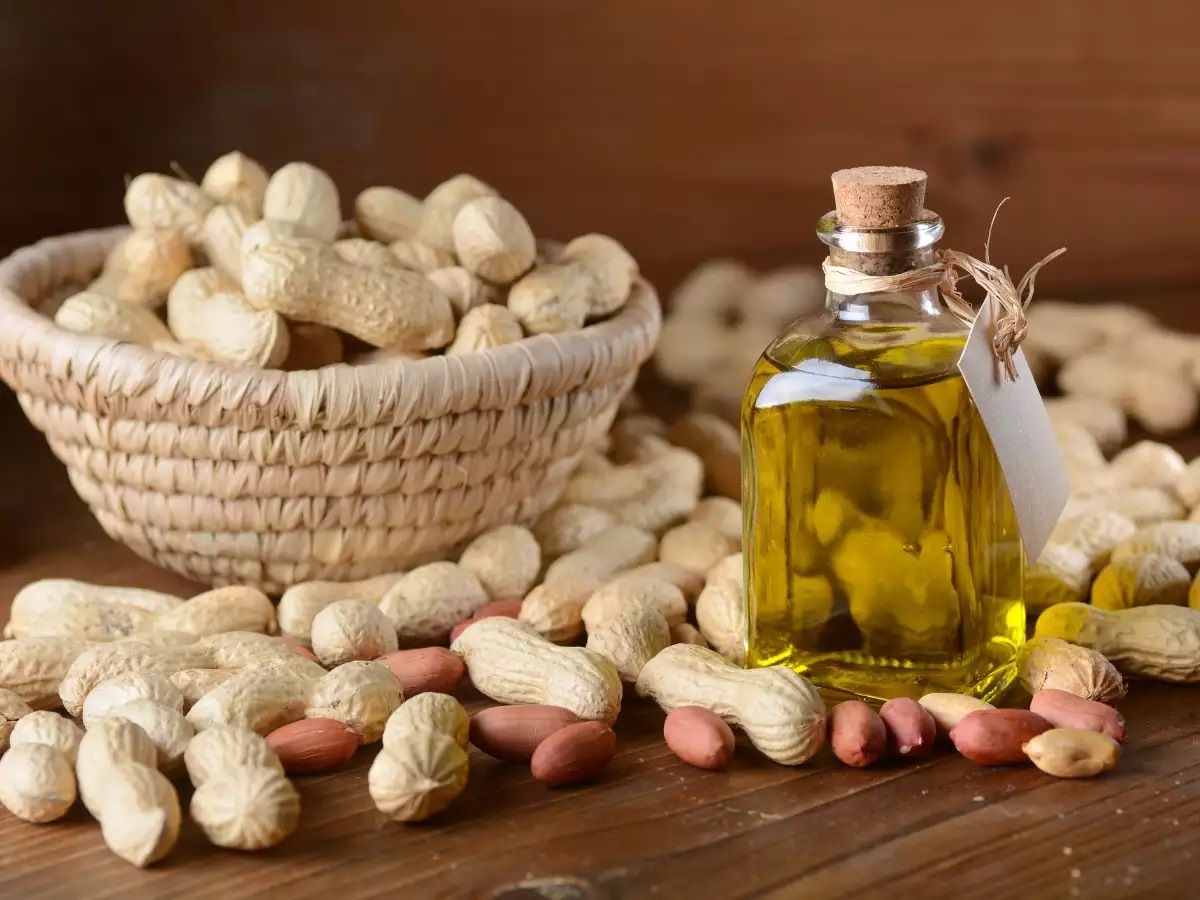

0 thoughts on “How To Store Natural Peanut Butter”